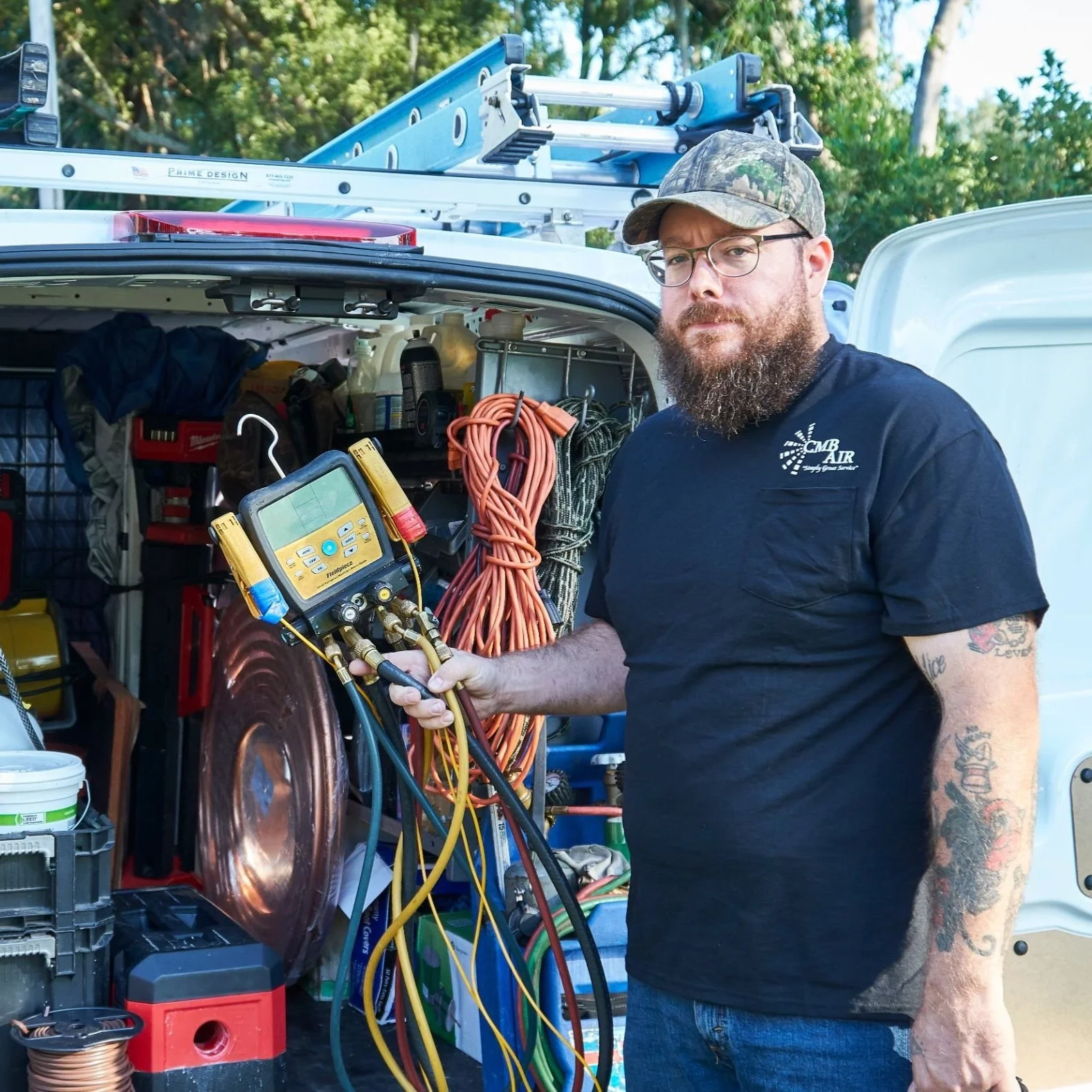Key Factors That Influence the Expense of AC Repairs and Maintenance
Multiple factors contribute to overall expense levels when addressing air conditioning issues.
Air conditioning systems are fundamental for maintaining indoor comfort, particularly in regions with hot or humid climates. Over time, all HVAC systems require maintenance and occasional repairs. While some repairs are inexpensive and straightforward, others can be complex and costly. Understanding the factors that influence the cost of AC repairs and maintenance helps property owners plan appropriately and make informed decisions when service is required. Multiple variables affect the total expense, from equipment age and system design to timing and technician qualifications.
System Age and Condition
One of the most significant factors influencing repair costs is the age and overall condition of the air conditioning system. Older systems are more prone to breakdowns due to wear on components such as compressors, motors, fans, and electrical controls. These aging parts may be less efficient and more challenging to replace, especially if the model has been discontinued. Repairing older equipment may also involve retrofitting parts or upgrading specific components to ensure compatibility. In many cases, professional technicians assess the condition of the unit and recommend the most cost-effective approach, whether it be targeted repairs or planning for system replacement.
Component Accessibility
The physical location of HVAC equipment can dramatically affect the cost of service. Units located in hard-to-reach areas such as crawl spaces, tight attics, or rooftops typically require more time and effort to access. These access challenges increase labor costs and may require special tools or additional personnel. During initial service evaluations, contractors assess the installation site to determine the best approach and factor these conditions into their cost estimates. Easier access generally translates into lower labor costs and quicker service.
Part Availability
The availability of replacement parts is another prime factor in determining repair expenses. If the system requires specialized or discontinued components, these parts can be more expensive and difficult to find. In some cases, manufacturers may no longer support certain models, requiring parts to be sourced from secondary markets or custom fabricated. Emergency repairs that require expedited shipping can also increase costs significantly. Professional HVAC service providers typically maintain an inventory of standard parts to speed up repairs but also have the resources to source less common items when necessary.
Repair Complexity
Not all HVAC repairs are created equal. Simple tasks like filter replacement, capacitor swaps, or sensor cleaning require minimal time and expertise. However, diagnosing and repairing complex issues such as compressor failure, refrigerant leaks, or electrical faults requires more time and technical knowledge. Multi-issue diagnoses that involve several interconnected components will naturally lead to higher costs due to extended service time and additional parts. Professional HVAC technicians provide clear breakdowns of labor and materials to help property owners understand the scope of each repair.
Emergency Service Timing
Timing plays a critical role in repair pricing. Services requested outside regular business hours, such as evenings, weekends, or holidays, often come with premium labor rates. Emergency service calls that require immediate response may also include additional fees due to the need to rearrange scheduling or dispatch after hours. These rates compensate for the added workload and inconvenience. Reputable HVAC contractors clearly explain their emergency rate structures and help customers weigh the urgency of the repair against the potential cost.
Preventive Maintenance History
A well-maintained HVAC system typically incurs fewer repair expenses over its lifespan. Preventive maintenance, such as coil cleaning, refrigerant checks, and electrical inspections, helps reduce wear and detect issues before they escalate into expensive problems. Systems with a documented maintenance history are easier for technicians to evaluate and diagnose. Regular service visits reduce the likelihood of emergency breakdowns and contribute to consistent, efficient operation. Maintenance agreements with professional HVAC providers often include discounts on repair labor and priority service during busy seasons.
Refrigerant Requirements
Repairs involving refrigerants, particularly systems using outdated types like R-22, often come with added costs. Environmental regulations have phased out certain refrigerants, making them more expensive and more complicated to obtain. Systems with refrigerant leaks require both leak repair and recharging, adding to the total expense. Some older systems may require a complete conversion to a newer refrigerant, including replacing major components such as the evaporator coil or compressor. Licensed technicians handle refrigerants safely and in compliance with environmental regulations, minimizing waste and verifying proper recovery.
Electrical System Repairs
Air conditioning systems contain complex electrical controls and circuits. Diagnosing issues with thermostats, control boards, capacitors, or relays requires specialized equipment and training. Electrical problems may also extend beyond the AC unit, requiring coordination with building electrical systems. Technicians with the proper licensing and experience must address these repairs safely and effectively. Electrical work adds to the complexity and cost of service but is necessary for restoring full system functionality.
Ductwork Modifications
In some cases, AC repair may involve addressing problems with the air distribution system. Leaks, insulation gaps, or improper sizing in ductwork can reduce system performance and increase energy usage. Sealing ducts, replacing damaged sections, or adding insulation contributes to repair costs. These modifications often require access to hidden areas of the building and may involve additional materials and labor. Duct inspections are typically included in comprehensive system evaluations.
Equipment Specifications
Higher-end HVAC systems often come with specialized service requirements. Premium brands may require factory-certified technicians to perform repairs or maintain warranty coverage. High-efficiency systems with advanced technology—such as variable-speed motors, smart controls, and integrated zoning—require additional training and equipment for diagnosis and service. These factors contribute to higher labor rates and longer service times. Professional contractors maintain the necessary certifications and tools to work on advanced systems without compromising quality.
Seasonal Timing
Demand for HVAC services varies throughout the year, with summer months often being the busiest. Service availability may be limited during peak seasons, and repair costs may be affected by increased demand and part shortages. Scheduling maintenance during off-peak periods can help reduce costs and ensure timely service. Contractors may also offer seasonal promotions or discounts for early maintenance scheduling.
Geographic Location
Local market conditions influence standard labor rates and service pricing. Regional climate differences affect system usage patterns and component wear, leading to varying service demands. Local regulations and permitting requirements may also impact the cost of certain repairs. Professional HVAC companies align their pricing with regional standards and offer estimates for local operating conditions.
Service Provider Qualifications
The qualifications and experience of the HVAC contractor influence service costs. Companies that employ certified technicians and maintain proper licensing and insurance must cover these professional requirements through service pricing. However, this investment translates into higher quality service, reliable repairs, and code-compliant workmanship. Working with a reputable contractor ensures comfort and long-term system reliability.
Understanding the many variables that affect AC repair and maintenance expenses allows property owners to manage their HVAC systems better. Partnering with a qualified HVAC contractor guarantees accurate cost assessments, thorough service, and preventive care that reduces the likelihood of expensive emergency repairs. A proactive maintenance and service planning approach contributes to lower lifetime operating costs and a more comfortable indoor environment.

